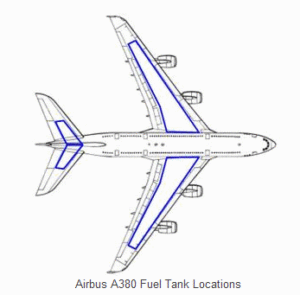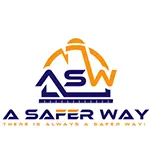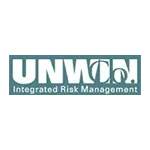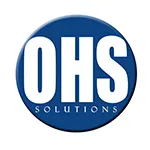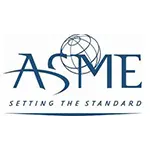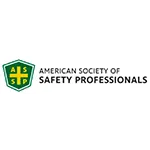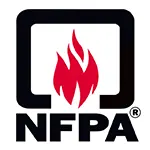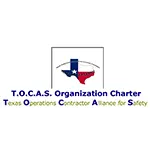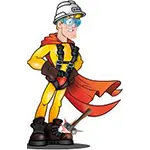CLICK HERE to Renew your Membership
CLICK HERE for a NEW Membership
CLICK HERE to see eligibility requirements for FREE Membership
If you have any questions, please contact me
We offer:
- Over 17,600 categorized unsafe acts/conditions and accident/injury photos
- Over 1,450 ppt's & doc's
- Over 3,975 technical articles on Process Safety & Occupational Safety & Health matters
- Over 450 videos

I am proud to announce that have extended our”Partners in Safety” agreement for another year (2025).
CI Members, send me an e-mail to request your FREE SAFTENG membership.

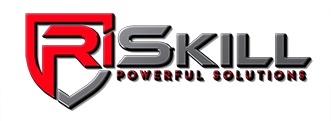



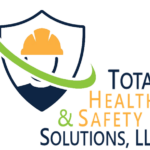




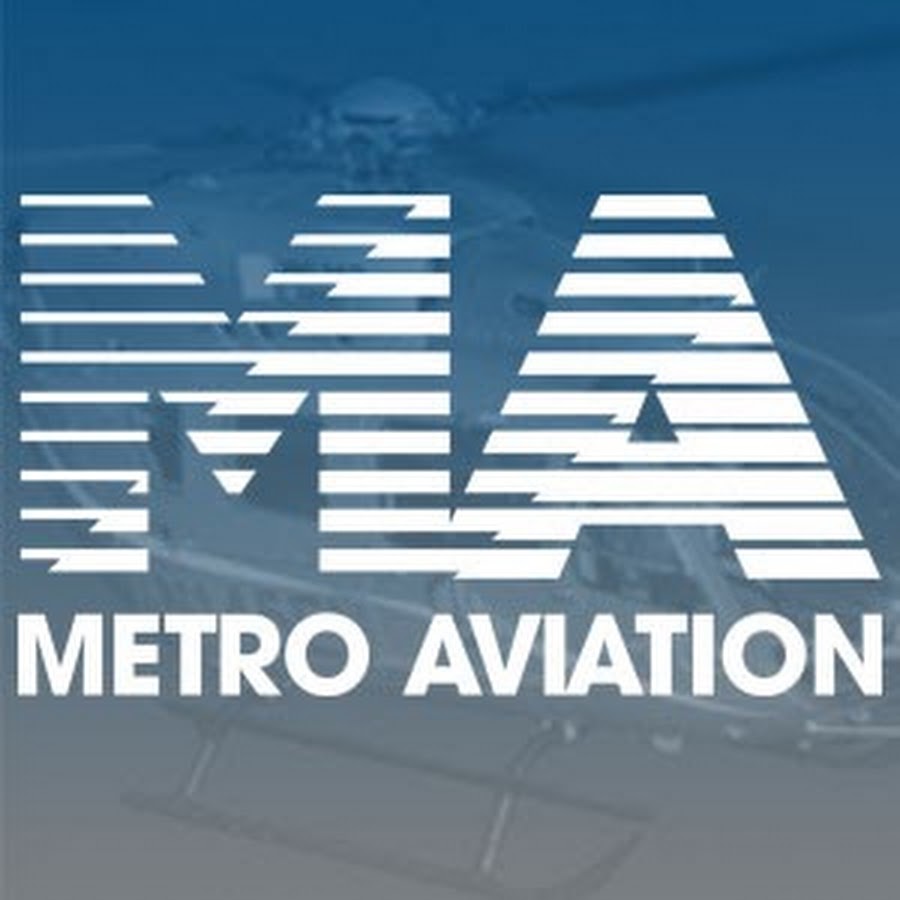



April 20, 2011
To get a more clear answer we turn to OSHA’s Compliance Directive for HAZWOPER Enforcement (CPL-02-073-2007). But first, let’s look at how the standard defines “emergency response”… “Emergency response” is defined in 29 CFR 1910.120(a)(3) as follows: “Emergency response . . . means a response effort by employees from outside the immediate release...
Read More
April 19, 2011
HAZMAT Teams will fall under 1910.120(q), but there are sections of section(q) that direct us to other sections of 1910.120. One of these sections is the medical monitoring requirements for the team members. In this article, I will try and layout exactly what OSHA requires for each team member. NOTE: Text from the 1910.120 and other OSHA standards discussed in this article will be italicized. Members...
Read More
April 18, 2011
Many THANKS to my NEW & RENEWING Corporate Partners in Safety! since 2005 since 3/2011 since 2007 since 3/2011 2011 Fatality Tracker Electrical 11 (2010 = 90) (2009 = 100) Forklift/Manlift Mobile Equipment 31 (2010 = 110) (2009=88) Mining 62 (2010 = 480) (2009 = 586) Explosions 72 (2010 = 246) (2009 = 302) Cranes 14 (2010 = 50) (2009 = 82) Falls 34 (2010 = 139) (2009 = 172) (2008 = 250) Work...
Read More
April 16, 2011
If your facility has a HAZMAT team (e.g. they respond to chemical spills and releases) then your facility, and more specifically your response team fall under Section (q) if 1910.120.
…
HomeRead More »
Read More
April 15, 2011
The new “program requirements” will apply to ALL Outreach Training Programs, with separate procedures for each specific program.
…
HomeRead More »
Read More
April 14, 2011
After an airplane incident we are always reminded that air travel is so much more safe than ground travel, but the argument that allows some to make these statements is based on Accident Frequency and not overall risk. Think of my Russian Roulette argument I put forth in a previous article and ask yourself…is playing Russian Roulette with .22 caliber pistol more safe than playing with a...
Read More
April 14, 2011
Many THANKS to my NEW & RENEWING Corporate Partners in Safety! since 2005 since 3/2011 since 2007 since 3/2011 2011 Fatality Tracker Electrical 11 (2010 = 90) (2009 = 100) Forklift/Manlift Mobile Equipment 31 (2010 = 110) (2009=88) Mining 62 (2010 = 480) (2009 = 586) Explosions 72 (2010 = 246) (2009 = 302) Cranes 8 (2010 = 50) (2009 = 82) Falls 34 (2010 = 139) (2009 = 172) (2008 = 250) Work...
Read More
April 14, 2011
I need to put a disclaimer on this one…this video is from Canada. Although their LOTO principles are the same as OSHA’s, you must refer to your country’s LOTO standards to ensure your facility complies with the applicable regulations. If your country does not have OHS standards, you should consider adopting some for your facility, as LOTO saves limbs and lives! … HomeRead More...
Read More
April 14, 2011
Sawmill Accident Investigation. This slide show describes two accidents, each where a worker lost a limb following an improper lockout.
…
HomeRead More »
Read More


